Tiananmen square is a huge square in the middle of Beijing, just south of the Tiananmen Gate and the Forbidden city. With its 440 000 square meters it is the third largest city square in the world. It is most famous of the protests in 1989 and that it is host to the mausoleum of chairman Mao.
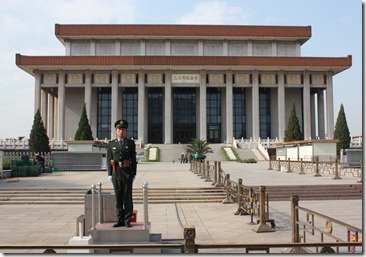
Just to get into the square you will have to pass a security control with x-ray machines. If you want to take a glimpse of the late leader, you will have to undergo further inspections. No cameras, video cameras, bags, backpacks are allowed inside the mausoleum. You will have to leave these in a storage room. Normally you can trust these facilities, but make sure you get a token for your deposit. You have to wear closed shoes, long trousers, and generally respectful clothing. Once you deposited your bag/camera, queue up for the entrance. You will easily find the queue that goes around the building several hundred meters on an average day. Near the entrance there is one more control, smokers usually say good bye to their favorite lighter here. Once inside the building, turn off mobile phones, remove hands from pockets, stay silent, and if you still have a chewing gum in your mouth, freeze your jaws. Proceed in a slow, but steady manner, take a look of the prepared body of the chairman, notice that it is made of wax anyway, and head for the exit. Seriously, any talk, any laughter, any disrespectful move and the guards will speed up your way out. Once outside, smokers can get themselves new lighters, but not the same ones that they left behind. It gets a bit funny here, as people fight for the best lighters and kids tend to take them with two hands for future economic benefits.
If you absolved the 1 hour waiting, 50 second visit, you can recollect your camera and continue to discover the square. The square has around one police officer and 4 security cameras per visitor. The latest police gadgets and vehicles are also on display.
If you are like me, and you do not look Chinese, you will definitely find yourself in the situation I did. Upon entering and walking around the square, a group of 2 men and a woman approached me. They struck up a conversation with surprisingly good English. They told me they were from the countryside and came for the 1st of May celebrations to Beijing. They asked me where I was from, what did I do in the city, how long I stayed, etc. After the small talk they proposed to have a beer in a nearby bar, so we can celebrate our newly born friendship. Well, if you are not straight out of kindergarten, you know that something is fishy here. I politely declined saying that I am Muslim and can not drink beer and moved on two take more photos of the square. Five minutes and 25 photos later another two guys found me with similar good English and similar interest in my visit. At this time I started to bend the truth and started to give shorter answers. To test my new “friends”, I asked them to take a photo with me. One of them flatly refused saying that he was Buddhist (sounds like a BS), but the other one caught the bait.
I am not joking, the same pattern happened at least 8 times while I was on the square. After the second or third I was convinced that they were government agents who were monitoring the intents of tourists. To test my limits, I started to really bend the truth. In one of my stories I was a photo reporter from New York creating a report about the freedom of Tibet. I was counting the seconds how much longer it will take until they arrest me, but nothing happened.
After my escape from the square, I rushed back to my hostel to turn to Lonely Planet that could explain me what the hell was going on. And it did: they were no government agents at all, they were simple scammers who were trying to get people to a “tea ceremony” and then make them pay the hefty bill. Phew. Nevertheless here is a photo of two of the scammers for educational purposes:
Of course, there are also some legitimate visitors, who ask you to take a pic with them, especially if you look like David Beckham …well, in their eyes:)


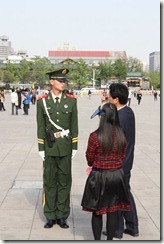
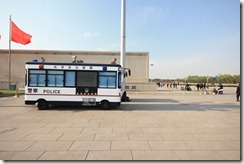
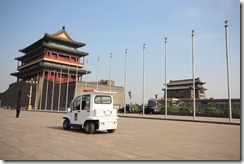
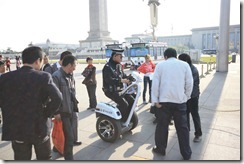
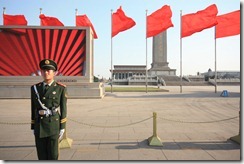
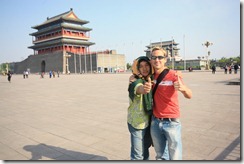
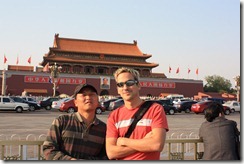
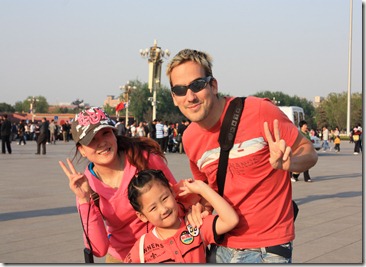
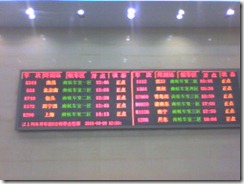
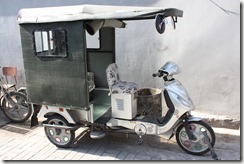
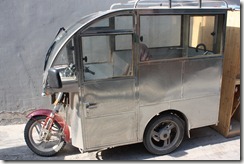
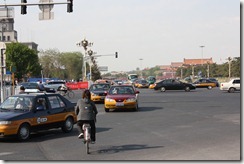
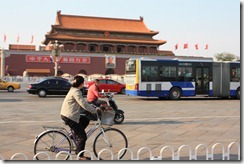
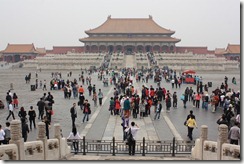
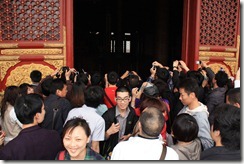
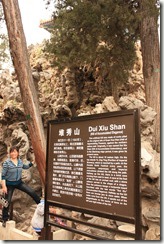
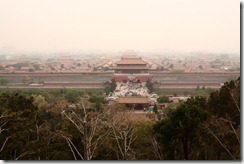
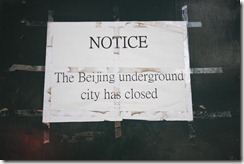
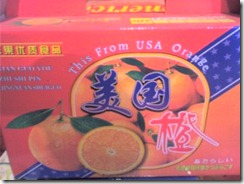
![0425main[1] 0425main[1]](http://lh3.ggpht.com/-WUtFBJ12MfY/TxdQxi91KHI/AAAAAAAAG30/ADv6NyHBen4/0425main%25255B1%25255D_thumb.jpg?imgmax=800)